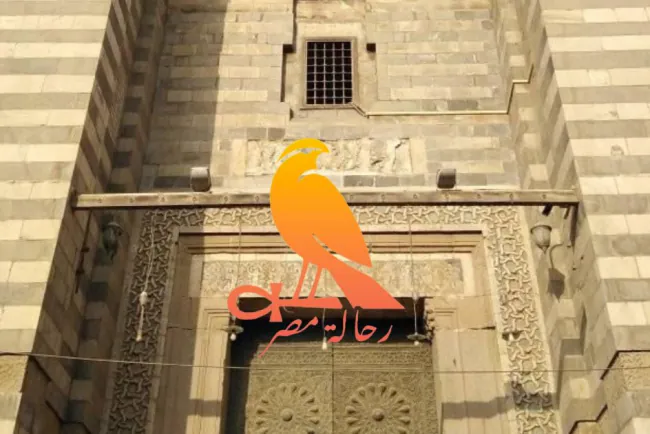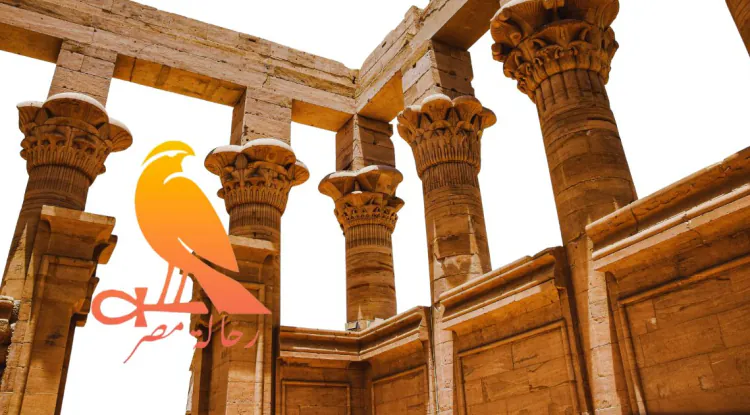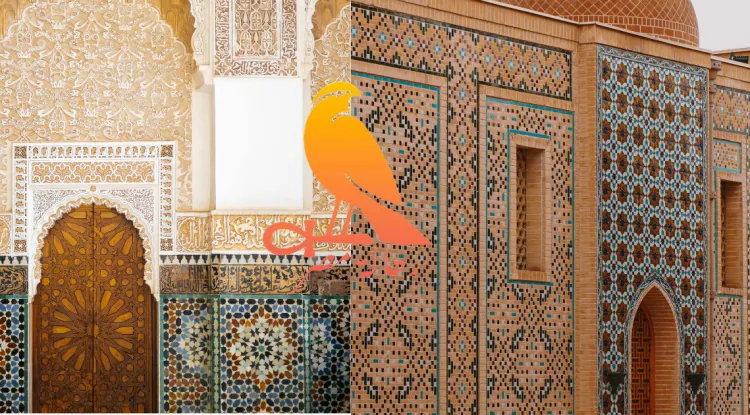Mosaics in the Islamic era
A mosaic consists of small colored stone pieces arranged side by side on a mortared background in a deliberate manner to form a planned pattern or scene, whether a geometric or botanical scene or a depiction of a religious or mythological subject.

The Umayyad era is truly the era of the emergence of Islamic mosaics, and this is evident in the mosaics of the Dome of the Rock, which still retain their internal mosaics dating back to the period of the foundation and construction of the dome by order of the Umayyad Caliph Abd al-Malik ibn Marwan. They were executed using golden colored glass pieces that tended in their shape to small squares. The artist chose three main colors to execute these mosaics: green, blue, and gold, in addition to other secondary colors. He was able to embody the spirit of the Islamic faith by avoiding depicting humans and animals, replacing that with other decorative elements such as plants, palm trees, olives, pomegranates, grapes, and plant roots that overflowed from the flowers, whose bodies were decorated with various jewels and ornaments such as crescents and stars. These elements appeared on both the inside and outside of the interior decoration, as if he wanted to depict the paradise that God promised the believers. He also focused on depicting the crown in its Byzantine and Sassanian forms, as if he wanted to remind us of the victory of the Islamic state over these two great powers. They symbolized it with their crowns.
The artist also used calligraphy in the design by creating two belts of 240 square meters in length above the inner octagon, both inside and outside, decorating them with simple Kufic script inscriptions executed in gilded mosaics. The importance of using calligraphy is due to the documentation of this cultural landmark and, on the other hand, to emphasize monotheism (Surat Al-Ikhlas on the northern side of the octagon on the outer face of the octagon) and to emphasize the status of our master Jesus in Islam, on the northern side of the octagon on the inner face of the octagon, through the verses written in mosaics.
The Concept of Mosaic:
Mosaic consists of small colored stone pieces arranged side by side on a mortared surface in a carefully planned manner to form a planned pattern or scene, whether a geometric or botanical scene, or a depiction of a religious or mythological theme.
The word "mosaic" comes from a Greek term and is known in the Maghreb as "tiling." It developed significantly during the Classical period in the late 4th century BC and continued until the Islamic era.
Mosaics were used to decorate walls and facades and to pave the floors of civil and religious buildings, especially churches. They also adorned domes, niches, and monuments. Mosaics also served a decorative and religious purpose.
What's Your Reaction?





















